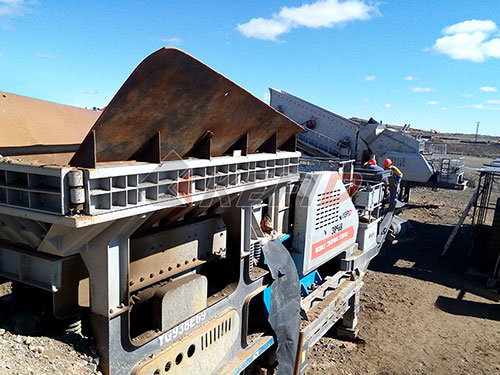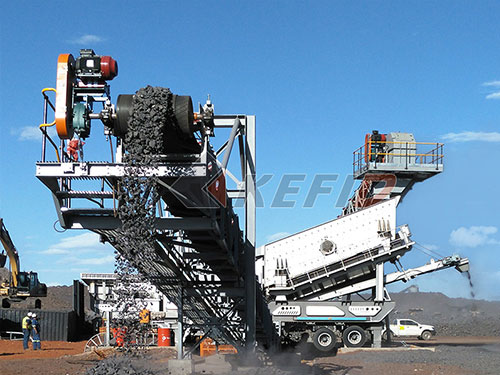
Mastering the Mantle: A Practical Guide to Measuring Gyratory Crusher Closed Side Setting (CSS)
Introduction
The gyratory crusher stands as a cornerstone of primary crushing in mining and aggregate operations, renowned for its high capacity and ability to handle tough feed material. At the heart of its performance lies a critical parameter: the Closed Side Setting (CSS), often referred to as the “crusher gap.” This setting dictates the minimum distance between the mantle and concave at their closest point during the gyratory cycle, directly controlling the size of the product exiting the crusher’s bottom.
Why Accurate CSS Measurement is Non-Negotiable
1. Product Size Control: The CSS is the primary determinant of your crusher’s discharge product top size (P100). Precise measurement ensures you meet downstream process requirements or final product specifications.
2. Optimal Throughput & Efficiency: An incorrectly set gap leads to inefficiency. Too large a gap reduces capacity and produces oversized material, potentially overloading downstream screens or crushers. Too small a gap risks packing, power spikes, excessive wear on liners/bearings, and potential damage.
3. Liner Wear Monitoring: Regular CSS measurements provide vital data on liner wear rates over time (mantle and concave). Tracking this wear allows for predictive maintenance planning and timely liner changes before performance degrades significantly or catastrophic failure occurs.

4. Consistent Operation & Profitability: Maintaining the correct CSS ensures consistent crusher performance, maximizes production efficiency, minimizes unplanned downtime due to blockages or damage caused by incorrect settings, optimizes energy consumption per ton crushed, and extends overall component life.
The Essential Tools
Before starting any work inside a crusher chamber, Lockout/Tagout (LOTO) procedures are absolutely mandatory to isolate all energy sources (electrical power, hydraulic power). Confirm zero motion potential before entry.
Gather these tools:
1. Lead Weights (“Crusher Lead”): Specially designed cylindrical lead weights are standard industry practice due to their malleability and resistance to shattering under pressure compared to zinc alternatives.
Size: Typically range from 1/2 inch up to several inches in diameter/length depending on crusher size and expected gap.
Quantity: You’ll need enough pieces (often 4-6) placed strategically around the crushing chamber circumference for an accurate average.
2. Calipers: High-quality Vernier cal

Leave a Reply